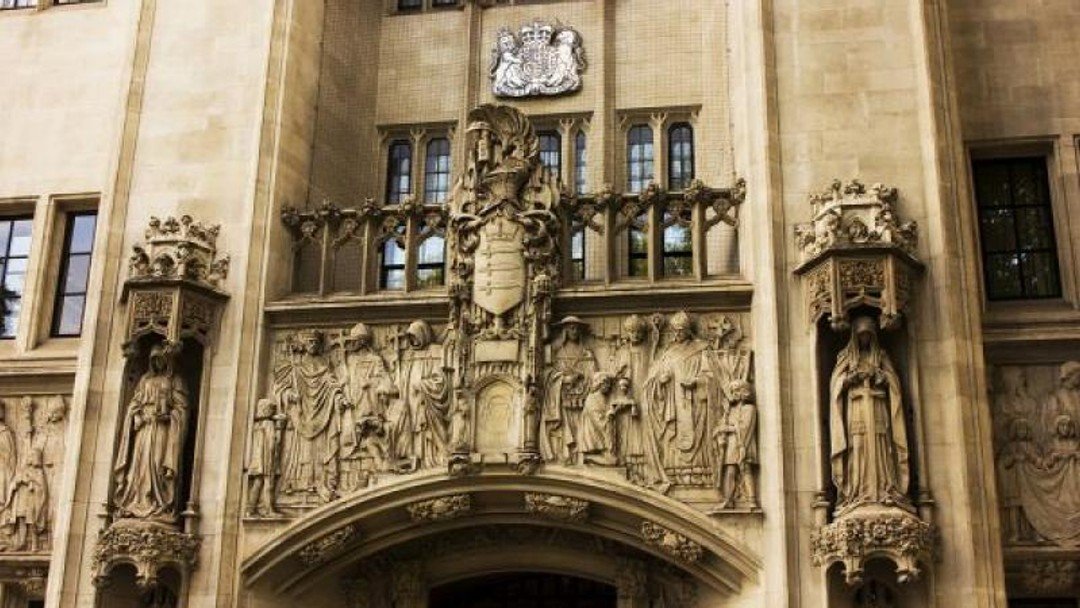Indirect discrimination in Naeem and Essop

Sean Jones QC considers the questions likely to come before the Supreme Court in two upcoming employment appeals
Having granted permission to appeal in Naeem v Secretary of State for Justice [2015] EWCA Civ 1264 this month and joined it with the extant appeal in Essop v Home Office (UK Border Agency) [2015] EWCA Civ 609, the Supreme Court is now poised to tackle some of the most difficult aspects of the law of indirect discrimination.
Indirect discrimination is a concept that seems to become harder to grasp the harder you look at it. The basic idea is easy enough. The most common illustration is a height requirement. Imagine a police force insists that all recruits
be six feet tall. It would then be applying what section 19 of
the Equality Act 2010 calls a 'provision, criterion or practice', or, as hipster employment lawyers would have it, a 'PCP'. It is applied equally to all candidates.
However, because on average women are shorter than men, women candidates as a group
are placed at a 'particular disadvantage'. If a 5' 10" female candidate is excluded, she may be then be able to bring a claim for indirect discrimination. If she is 6' 1" and is not selected because of her previous career tunnelling into bank vaults, she cannot complain because she is not at the same disadvantage.
Indirect discrimination can
be justified, so if the police force can show that the requirement is a proportionate means of achieving a legitimate aim, the challenge will fail in any event. Liability does not, however, turn on the employer's intention.
It is enough that the PCP has
the necessary effect and that
it cannot be justified.
Civil service assessment
In Essop and Naeem, the Court of Appeal has stirred the water with a muddy stick. Essop concerned a 'core skills assessment' that civil servants had to take if they wanted promotion. Statistics demonstrated that older minority ethnic candidates were less likely to pass. The claimants were older minority ethnic candidates and had not passed.
There were two issues. The first was that no one knew why older minority ethnic candidates did less well. Did that matter? Do
you have to establish why the disadvantage arises or is it enough to show that it does?
The Court of Appeal decided that it did matter. One presumes that the intention was to allow for the possibility that there
might be a coincidental statistical correlation. The statistics suggested, however, that there was only a 0.1 per cent probability that the success rates for older and minority ethnic candidates would be as low as they were by chance. Although the casual connection had to be established, the statistics demonstrated it.
The second problem was whether the individual claimants could establish that they were at the 'same disadvantage' as the group. The Court of Appeal was worried about 'coat-tailing'. Could a candidate who failed for some other reason (perhaps because they had arrived late) simply say 'the disadvantage is failure and I failed'? That was the position argued for. Nothing in the Act required candidates to establish what the reason for their disadvantage was. There was
no 'reason why' question to be answered. The Court of Appeal concluded, however, that this
was implicit.
That raised a daunting difficulty for the claimants. Given that no one was able to spell out what precisely was causing the group disadvantage, how could the individuals show that the same occult cause had affected them? The Court of Appeal gave them some assistance: statistics might again come to the rescue. They could be used to reverse the burden of proof, passing the obligation to demonstrate that there was no discrimination to the employer.
Non-Christian chaplains
Mr Naeem is an imam and a prison chaplain. Until 2002,
only Christians were directly employed to work as chaplains. He began to work in a chaplaincy in 2001 on a sessional basis. In 2002, the policy changed and,
in 2004, Naeem became an employee. He started at the bottom of the pay scale. Satisfactory performance allowed progress up the scale each year. Non-Christian chaplains were clustered at the bottom of the scale; the top end of the scale
was dominated by Christians.
Naeem's case was that, in the context created by the pre-2002 policy, a pay system tied to length of service was a PCP that put non-Christian chaplains at a particular disadvantage. The policy had been explicitly formulated in terms of religion. Non-Christians were not allowed onto the ladder until 2002 and the reason they were on average to be found on a lower rung was related to their religion.
The Court of Appeal disagreed. Mere causal connection between a protected characteristic and the disadvantage was insufficient.
It was permissible to look at why the policy had existed: it was based on perceived demand and not discriminatory motivation. The effect is, perhaps, to turn indirect discrimination into a species of direct discrimination where judicial focus moves from effect to intention. Will the Supreme Court come to
the rescue?
 Sean Jones QC is a barrister practising from 11KBW @seanjonesqc www.11kbw.com
Sean Jones QC is a barrister practising from 11KBW @seanjonesqc www.11kbw.com
